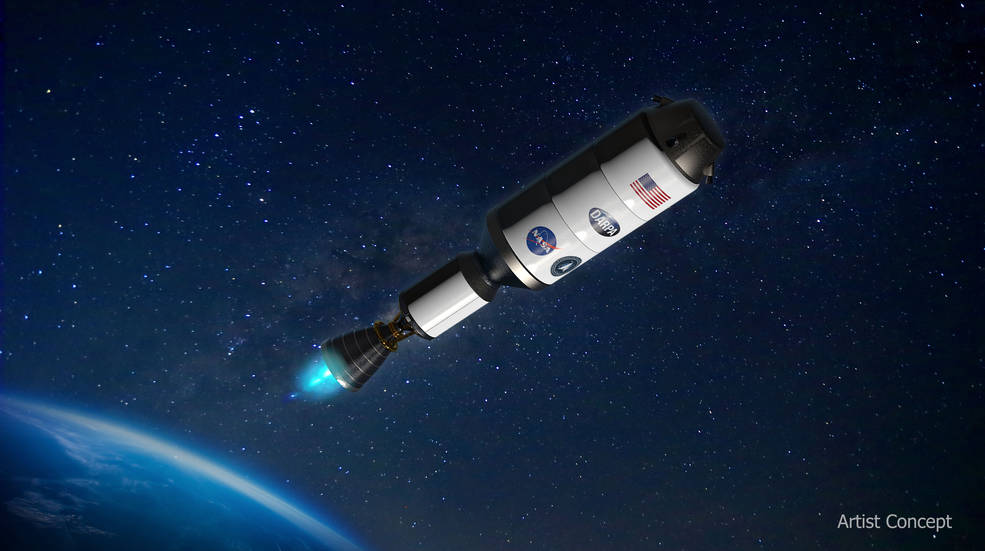The Pyramids of Egypt at 455 feet (139m) stood as the tallest structures on earth for millenia from 2,584 BC until Europeans built the 525 feet (160m) tall Lincoln Cathedral in 1185. After that, builders got busy with a “game of cathedrals” competing for tallest structure in the world for centuries until the Eiffel Tower was built in 1889 at a height of 1,063 feet (324m). The Eiffel Tower held its record for about 40 years until the Chrysler Building was built in 1928 at 1,046 feet (319m). Finally, a year later in 1929, the Empire State Building overtook the Chrysler Building, reaching 1,250 feet (381m) into the sky. It was the first building in history that if a human jumped from the top he would reach terminal velocity and stop accelerating before he reached the ground.
The Age Of Radio & TV Towers
In 1954, KWTV built the first man-made structure larger than the Empire State building; it was 1,576 feet (481m) tall. Since that time, a “war of the radio and TV towers” has been underway with tallest structure the Warsaw Radio Mast, built between 1972-1974 in Poland. It stood as the largest man-made structure in the world at 2,121 feet (646m) until it collapsed on August 8, 1991, during a guy wire exchange. Today’s tallest radio tower is the KVLY-TV mast in North Dakota, which stands at 2,063 feet (629m).
New “Game of Tallest Structure”
Today reminds us of the “game of cathedrals” as large numbers of really tall buildings are being built at an unprecedented fast pace and buildings have overtaken radio and TV towers as the tallest structures on the planet. The current tallest building, the Burj Khalifa, is so tall, people can watch the sunset at the base of the tower and take a quick elevator to the top and watch the sunset a second time. The same goes for a sunrise, but in reverse order.
A Long Way From “Space Elevators”
According to scientists, buildings could theoretically be built to greater than the height greater of the earth’s geostationary orbit, or about 22,000 miles (35,000 km). At that point, a centrifugal force pulling upward would counterbalance the force of gravity pulling downward, making the structure stable. But space elevators will remain a fantasy until materials strong enough to support such a structure are discovered or made.






